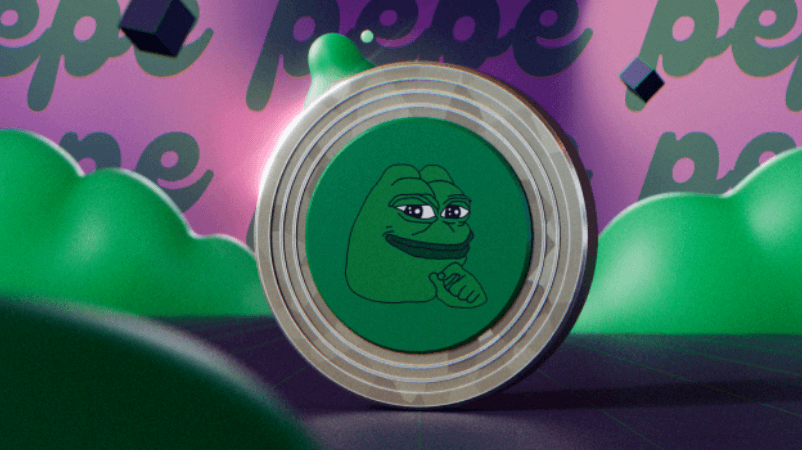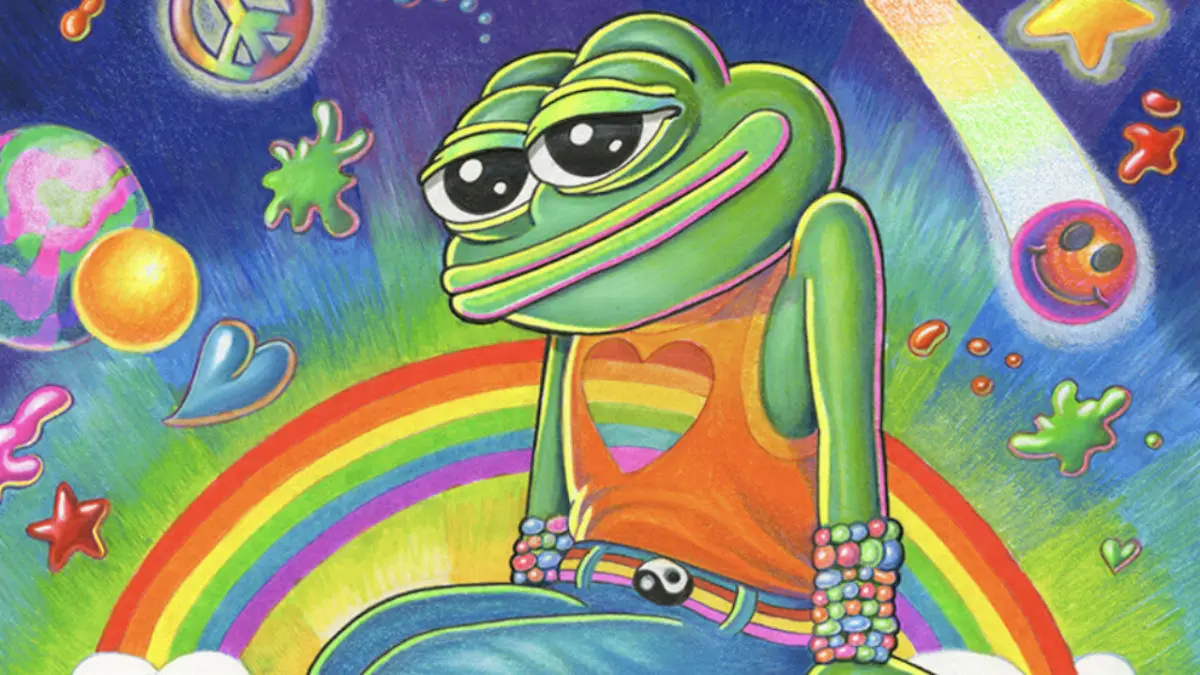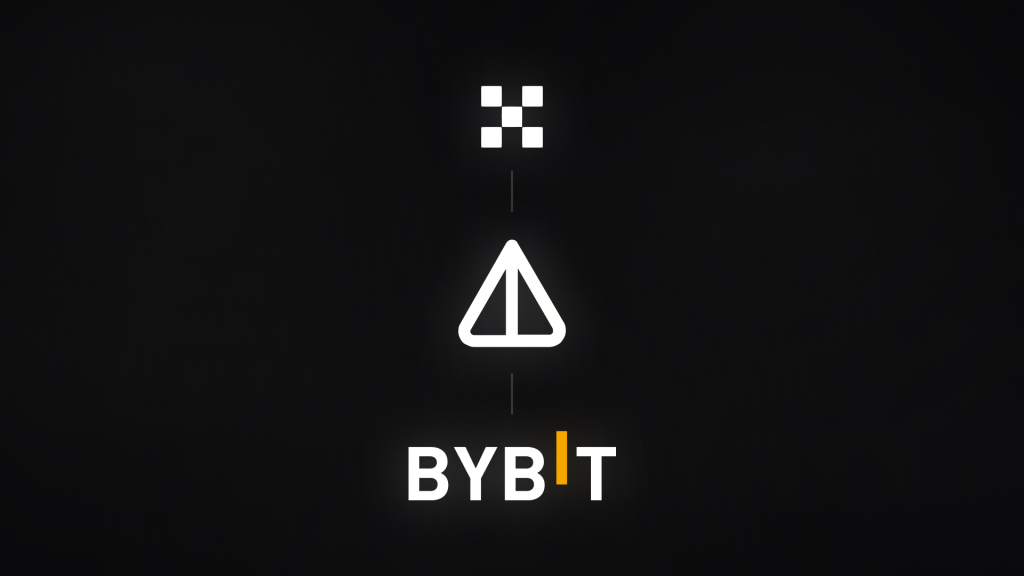Memecoins are cryptocurrencies that are inspired by internet memes, jokes, or viral trends. They often have no intrinsic value or utility, but rely on hype, humor, and community support to gain popularity and market capitalization. Some of the most famous memecoins are Dogecoin, Shiba Inu, Pepe, and Floki Inu.
In this article, we will explore how memecoins became so popular, why some of them lost their momentum, and what kind of future awaits them in the crypto space.
How Did Memecoins Become So Popular?
The first memecoin was Dogecoin, which was created in 2013 as a joke based on the Doge meme featuring a Shiba Inu dog. The coin had a friendly and humorous image, and attracted a loyal fan base that used it for tipping, charity, and fun. Dogecoin also gained attention from celebrities like Elon Musk, who often tweeted about it and boosted its price.
Following the success of Dogecoin, many other memecoins emerged, trying to replicate its formula or create their own niche. Some of them were based on other animal memes, like Shiba Inu (a Dogecoin clone), Dogelon Mars (a parody of Elon Musk’s SpaceX project), Samoyedcoin (a dog breed), and Floki Inu (Musk’s actual pet dog). Others were based on pop culture references, like Pepe (a frog character), HarryPotterObamaSonic10Inu (a mashup of fictional characters), CumRocket (an adult-themed token), and MonaCoin (a Japanese anime character).
Memecoins became popular for several reasons. First, they offered a low barrier of entry for new investors, as they were cheap, easy to buy, and had high potential returns. Second, they appealed to the emotions and humor of the crypto community, who enjoyed the memes, jokes, and social media buzz around them. Third, they benefited from the network effect and the bandwagon effect, as more people joined the hype and drove up the demand and price.

Why Did Some Memecoins Lose Their Popularity?
However, not all memecoins maintained their popularity or value over time. Some of them faced challenges such as:
- Lack of innovation: Many memecoins were simply clones or forks of existing coins, with no unique features or use cases. They relied solely on their meme appeal, which could fade away quickly as new trends emerged.
- Lack of sustainability: Many memecoins had poor tokenomics or governance models, which made them vulnerable to inflation, dilution, manipulation, or scams. Some of them also had high fees or low liquidity, which made them difficult to trade or use.
- Lack of regulation: Many memecoins operated in a legal gray area, with no clear rules or oversight from authorities. This exposed them to legal risks, such as bans, lawsuits, or investigations.
What Kind of Future Awaits Memecoins?
Memecoins are unpredictable and volatile, as they depend largely on the whims and emotions of the crypto community. They can rise or fall dramatically in a short period of time, depending on the hype, humor, and trends that surround them. Therefore, it is hard to say what kind of future awaits them in the crypto space.
However, some factors that may influence their future are:
- Community: Memecoins that can build and maintain a strong and loyal community of supporters may have a better chance of surviving and growing. For example, Dogecoin has a large and active fan base that uses it for tipping, charity, and fun.
- Quality: Memecoins that can improve their quality or utility may have a better chance of attracting and retaining users. For example, Floki Inu supports a charity co-founded by Elon Musk’s brother Kimbal to support urban gardening projects.
- Compliance: Memecoins that can adhere to the legal and regulatory standards of different countries may have a better chance of avoiding legal troubles or bans. For example, Dogecoin is accepted as a form of payment by some businesses and organizations, such as the Dallas Mavericks and the American Cancer Society.
In conclusion, the future of memecoins will depend on the market demand and the community sentiment. Memecoins are driven by memes, jokes, and hype, which can be fun and entertaining, but also risky and unstable. As long as there is interest and enthusiasm for them, they will continue to exist and evolve. However, they also face many challenges and threats, which can make them lose their value or relevance quickly. Therefore, investors should be careful and do their own research before buying or selling any memecoin.





